How Does NFTs Minting Work?
- Home /
- blog post
NB: To enjoy our site, please use the mobile view! Thank you for your patience while we work on the PC View problem.
Non-fungible Token(NFT) – This is presumably one of the most commonly used terms in technology right now.
Many see the introduction of non-fungible tokens, or NFTs, as the first step toward converting the graphical depiction of physical assets.
In recent years, NFT assets have risen in importance, with many NFT artists making millions from songs, collectibles, and designs with the help of blockchain.
As a result, it is natural for anyone to be curious about the process of NFT minting. After all, it's only a token, isn't it? Because NFTs are becoming more popular, many people want to know how to mint an NFT. The discussion that follows delves into a step-by-step guide for minting NFT and selling them on your preferred marketplace.
Why the Sudden Increase in Interest in NFTs?
In the second quarter of 2020, the NFT industry blew up, with one NFT art selling for $69 million. The total volume of sales in the realm of NFT art had surpassed 4.9 million as of October 2020.
The overall cost of the sales surpassed $128 million. It appears quite intriguing when you have the potential to gain great income from the art using NFT, doesn't it? Let us first define some terms before diving into the process of minting NFT.
Non-fungible tokens (NFTs) are one-of-a-kind tokens that represent a specific asset or set of goods, most notably digital art and collectibles.
They have fundamentally altered popular perceptions of blockchain applications. It is legal to transfer NFTs in auctions, providing new revenue streams for creators.
As a result, interest in NFT minting has grown in tandem with collectors' growing interest in NFT art and collectibles. So, what exactly is minting? It sounds like making a coin, but using NFTs in digital form can aid in the creation of digital or real-world content. The search for the cheapest way to mint NFT stems from a general assumption about NFT arts returns.
What exactly does it mean to mint NFT?
Minting NFT is the way of transforming a virtual file into a virtual currency or cryptocurrency collectible or digital asset on the Ethereum blockchain. The virtual item or file is permanently stored in this decentralized platform or distributed ledger and cannot be edited, modified, or deleted. When a manufacturer mints a physical coin, the process of uploading a specific item onto the blockchain is known as "minting," as is the process of creating fiat coins.
Alternatively, "NFT Minting" can be defined as the process by which your digital art or digital content is added to the Ethereum blockchain. The NFT minting procedure is as follows:
Non-fungible tokens are "minted" after they are created, similar to how metal coins are minted and circulated. This process converts a simple file into a crypto asset that can be traded or purchased with cryptocurrencies on a digital marketplace without the use of an intermediary.
The creator of the NFT can schedule royalties from every subsequent sale during the minting process, which will be a commission he can receive whenever his work is sold to another person or traded on the secondary market.
How long would it take to produce an NFT?
It is hard to predict how long the practice of minting NFTs will take.
However, the majority of NFT systems, tools, and marketplaces make the NFT creation process simple.
The method of developing an account or logging into the major NFT marketplaces is as simple as installing the Metamask browser chrome extension, which is an Ethereum wallet.
Now, converting your multimedia resources to NFT or publishing the file to NFT marketplaces and listing it for sale is comparable to sharing a video to YouTube, a music file to Spotify, and even listing a virtual item or product for sale on Amazon, eBay, or Etsy.
All you have to do is upload the file (PNG, JPG, GIF, MP3, or MP4), give it a title and subtitle, add a description, set up royalties, and put it up for sale.
Is it expensive to mint an NFT?
Yes.
Smart contracts on the Ethereum blockchain are used to store and host the majority of NFTs and NFT markets.
The cost of using the Ethereum blockchain (creating NFTs, buying, selling, or converting an asset at an Ethereum address) is known as the "gas fee".
Depending on the demand for the Ethereum network or the NFT platform, this fee typically ranges between $50 and $200.
Is it possible to get a free NFT?
An NFT cannot be minted for free. The Ethereum blockchain and the Binance Smart Chain protocol currently host the largest NFT marketplaces. When minting or creating an NFT, you can choose a more affordable platform.
The OpenSea NFT, Rarible, and Mintable are the most popular and cost-effective NFT marketplaces on the Ethereum blockchain. BakerySwap, Juggerworld, and Treasureland are the most popular marketplaces on the Binance Smart Chain network.
You will need a digital wallet or Ethereum wallet after selecting the platform and before you begin minting NFTs. Some of the most widely known payment systems are Metamask, Trust Wallet, Coinbase Wallet, and Rainbow.
When you create a wallet, it generates a "seed phrase," which is a string of 12 random words that allows you to access your funds if you lose access to your wallet or forget your wallet password.
A cryptocurrency wallet, also known as a digital wallet, is made up of a 'public wallet address and a 'private key.' The 'public wallet address' is typically used to transfer virtual currency or NFTs from one wallet to another, whereas the private keys or secret keys give you access to your funds.
Some other cryptocurrency wallet worth mentioning is Fortmatic/Magic, which allows users to log in with an email address and password.
The Format (Magic) wallet will generate and securely store the "seed phrase" or "secret key" for you.
What is the cost of minting an NFT on OpenSea?
OpenSea NFT is the first and largest NFT marketplace, as well as the most cost-effective way to mint NFT tokens because it does not require users to pay transaction or gas fees each time they create another NFT.
Users of OpenSea NFT only pay minting or gas fees once, when they create NFTs and customize their NFT collections.
Buyers offset gas costs when selling NFT.
When you mint your NFT on OpenSea, the token is automatically transferred to your crypto wallet (the default wallet is Metamask), and you can sell it on a variety of platforms, including exchanges.
How do I Mint an NFT?
Any digital content or file can be converted into an NFT art or asset. As a result, if you are a content producer, graphic artist, or digital artist, you can easily transform your work, whether it is 3D designs, text files (documents, PDFs, or tweets), videos, or music, into a collectible crypto asset with real cash value.
If you use the Google Chrome browser, you can easily install the browser extension "Metamask" – which is the default wallet of most NFT marketplaces and blockchain apps.
However, make sure your wallet contains Ether (ETH), the Ethereum blockchain's native cryptocurrency. You are now ready to create your first NFT.
Most major marketplaces and NFT platforms use the following as their default:
Link your wallet to the NFT exchange.
When you connect your Metamask wallet, your profile on any Ethereum-based NFT marketplace (OpenSea NFT, Rarible, Nifty Gateway, Foundation, or super rare) will be activated, and then add a screen name or display name, a collection profile photo or cover photo, and links to your social media accounts, personal blog, e-shop, or portfolio page.
Please upload your file.
The procedure of submitting your file NFTs is very simple; simply look for the "Create an NFT" page in your preferred marketplace, and from there you can upload images in PNG, JPG, or GIF formats, music files in MP3 or.Wav formats, video files in MP4 format, or 3D files in GLB format.
Recall that an NFT is a portrayal of a digital file or digital content, not the file or content itself.
Provided that the Ethereum blockchain will be capable of storing your NFT tokens for an extended period, you must ensure that the file depicted by an NFT is properly stored. It is preferable to keep the digital file in a decentralized ledger, such as IPFS (InterPlanetary File System).
Utilizing centrally controlled database systems, such as cloud shared hosting, can jeopardize your file's protection.
Using short-term online storage services such as Google Drive or any other centrally controlled database may not be the best long-term file storage solution for digital items converted into NFTs.
Create or Mint your NFT.
After submitting your file or virtual artwork, you can add or allocate a headline and a detail to the item before clicking the "Mint NFT" or "Is for sale" button, contingent on the platform.
Gas or transaction fees must be approved.
All payments on the Ethereum network incur a fee, which is paid with the Ether (ETH) cryptocurrency. As a result, a gas fee or handling fee will need to be accepted in your digital wallet at this point to complete the minting of the NFT.
To be clear, gas fees are not generated or billed by the NFT system or marketplace you are using; instead, they are paid for using the Ethereum blockchain.
Wait until your NFT has been minted.
After you publish the file and pay the gas fee, the NFT minting process starts instantaneously.
The Ethereum smart contract executes code that will be implemented in your artwork on the Ethereum blockchain during this process.
What happens once you've sold your NFT?
While you develop a new NFT, you make sure that the artwork's name is documented on the Ethereum network, which is a decentralized cryptocurrency or blockchain - based digital database that is thorough and precludes data from being exploited.
Also, every NFT has distinctive metadata that can be easily observed on the decentralized system and verified in real-time by anyone anywhere in the world.
You can choose an initial selling price for your NFT, program the royalties you want to receive in commission whenever your work is sold, and easily promote your creation on social media or your blog, or do a 'drop'. Make timed bidding for your NFT and wait for bids.
If you list your NFT for sale and somebody is interested in acquiring it, they can put in an offer on it.
If you accept the offer, the records will be made public, the NFT token will be moved to the new owner, and the owner's identity, as well as the history or details of the transaction, will be documented on the Ethereum blockchain.
Last Words
So you can see how simple it is to create an NFT. The schedule baseline, also known as necessary conditions, must be properly examined, primarily for the specific purpose of planning and preparation.
NFTs are popular, and creating NFTs can be difficult. At the same time, the millions of people involved in NFT trading raise concerns about the cost of minting NFTs.
Tactically structural relations with recommended best practices, on the other hand, can aid in the cost-effective minting of NFTs. Accessibility of a broad range of systems for creating NFTs, on the other hand, is a compelling proposition for enthusiasts.
Learn more about NFTs with our NFT Fundamentals Course and get started on yours right away! You can also read some of our NFT blog posts to learn more about starting your own business.
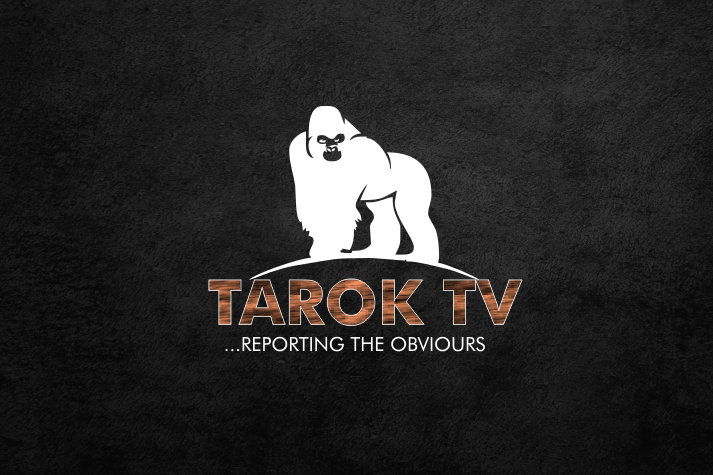
About Admin - Admin
TarokTv, ...Reporting the obvious.
Contact
Phone number: 07062319173
Email: [email protected]
Reach out to us with any news or article.
Latest Articles
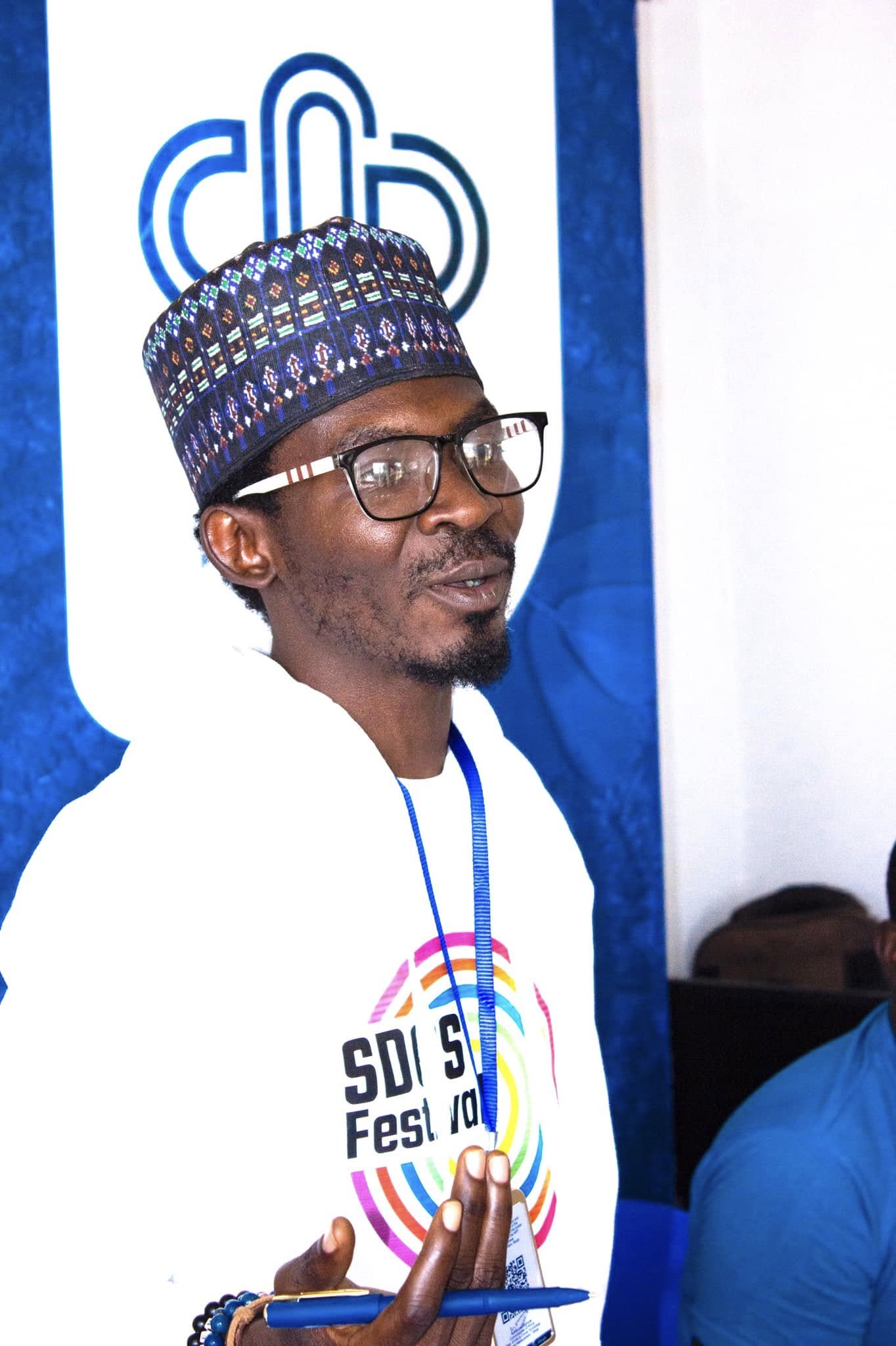
Success leaves clues, and those who seek to make a difference must study the lives of those who…
read more
Langtang, a town in Plateau State, Nigeria, is not just another dot on the map but a significant origin for…
read more
Brief Biography of Gen. (Senator) Jeremiah Timbut Useni
Early Life and Education:
Jeremiah Timbut Useni, often referred to as "Jerry Boy," was born on February 16, 1943,…
read more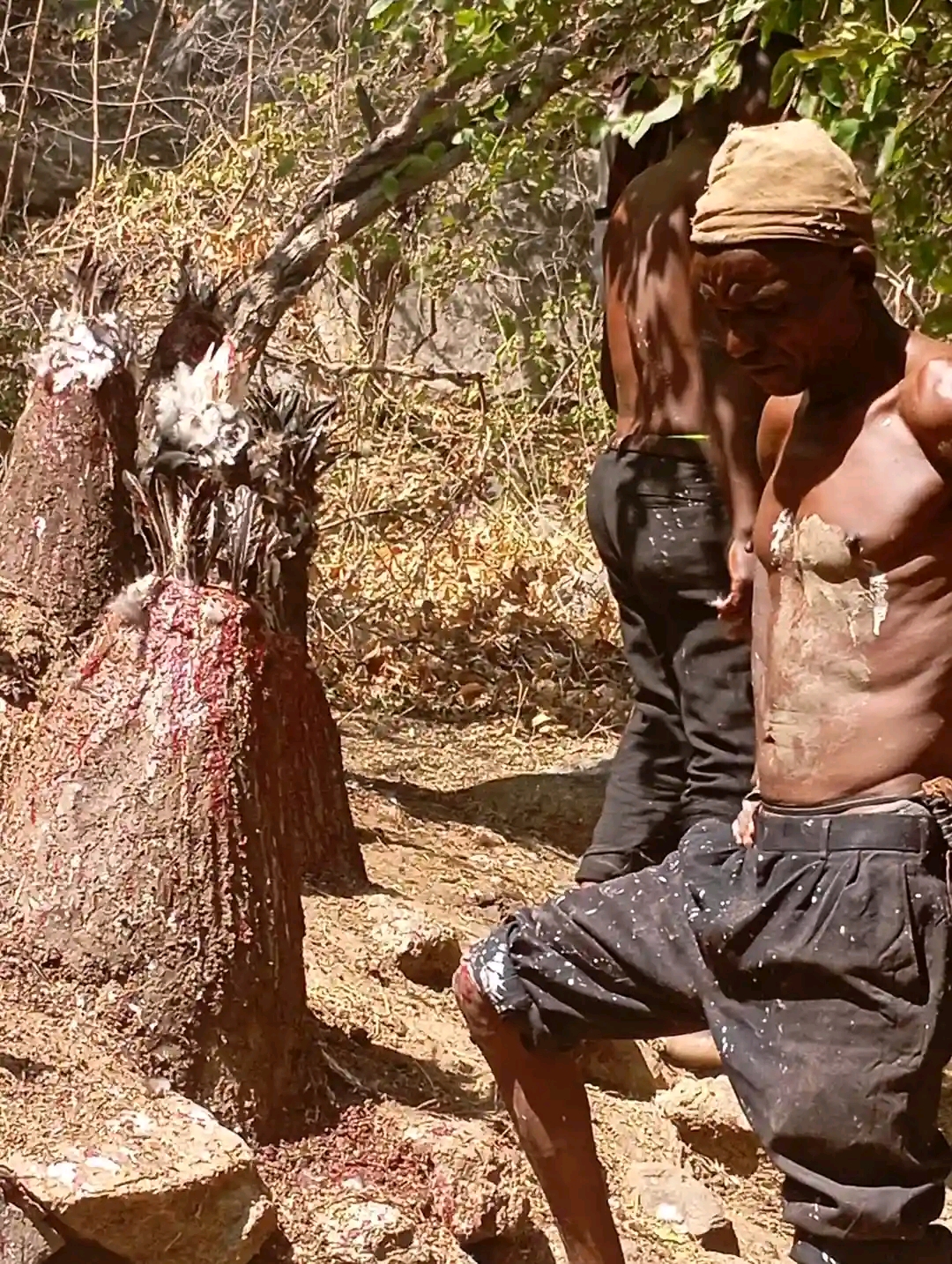
The Ibiari: A Sacred Tradition in Tarok land
The Ibiari Oga Sa festival, an annual tradition in Tarokland, was celebrated today as part of the year-end observance marking…
read more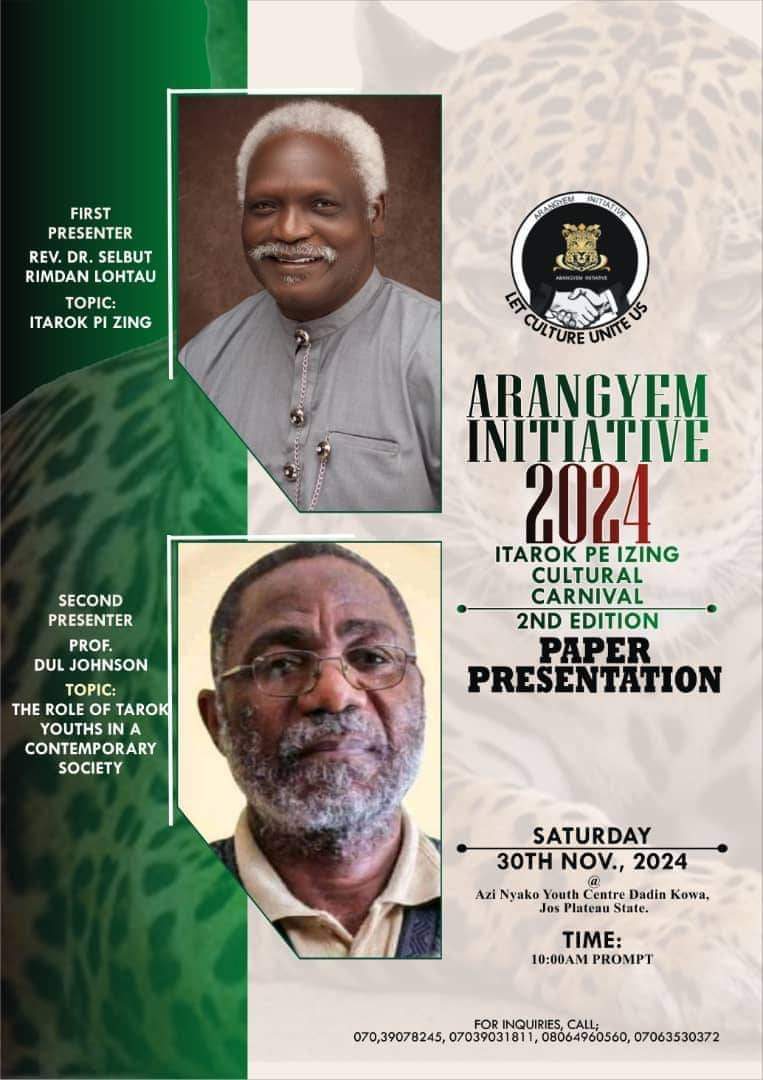
ITAROK PA IZING BY REV. DR. SELBUT LONGTAU
A PAPER PRESENTATION AT ITAROK PA IZING 2ND CARNIVAL HELD AT THE AZI NYAKO YOUTH CENTRE, JOS, 30TH NOVEMBER, 2024
… read more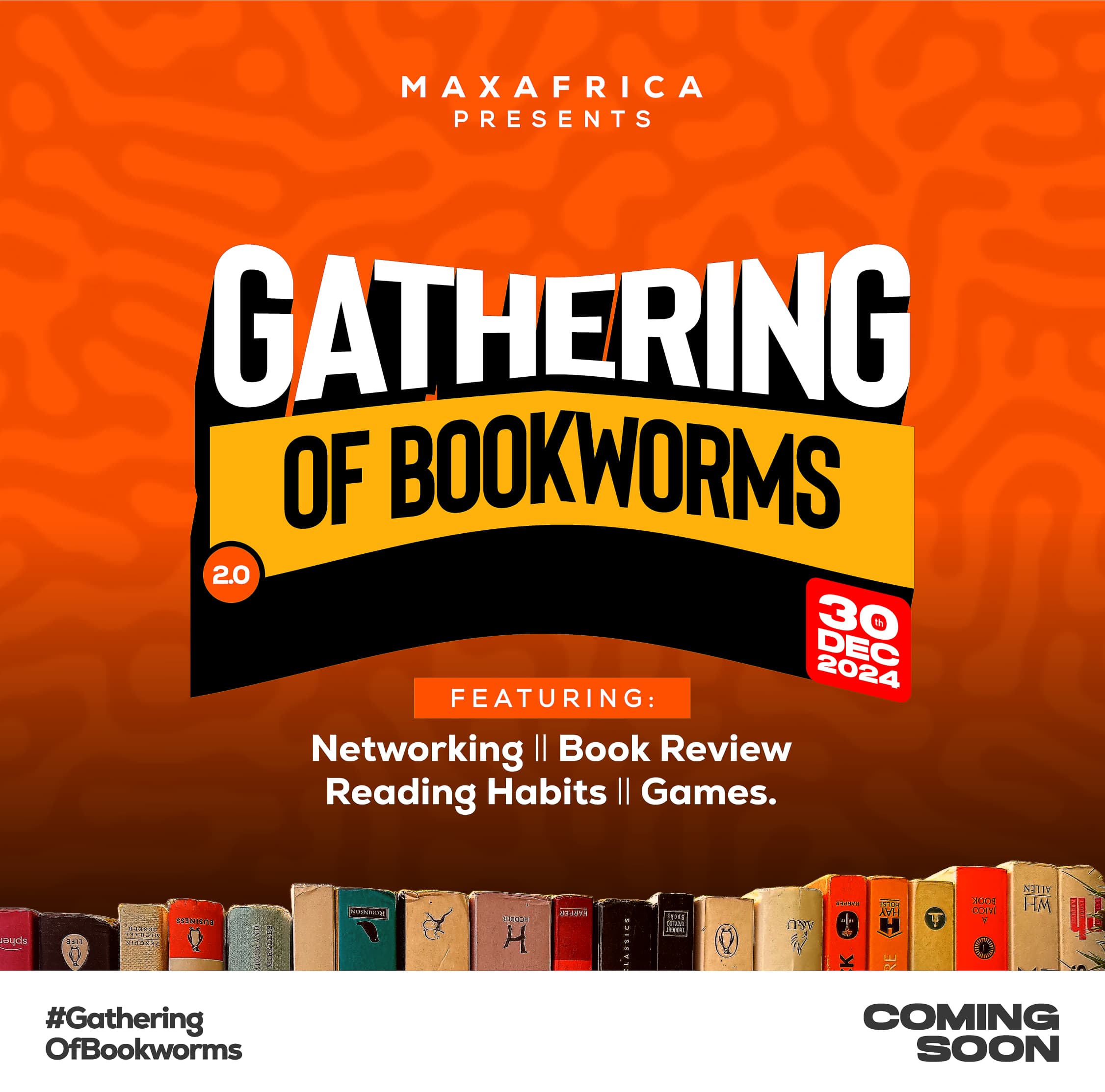
TarokTv News: The Return of "Gathering of Bookworms" - A Literary Revival in Langtang North/South
TarokTv is thrilled to announce the upcoming edition of the Gathering of Bookworms, a celebrated event aimed at uniting the…
read moreLatest Albums
Recent videos
Copyright © 2020 - TarokTv designed by Taroktv Media.

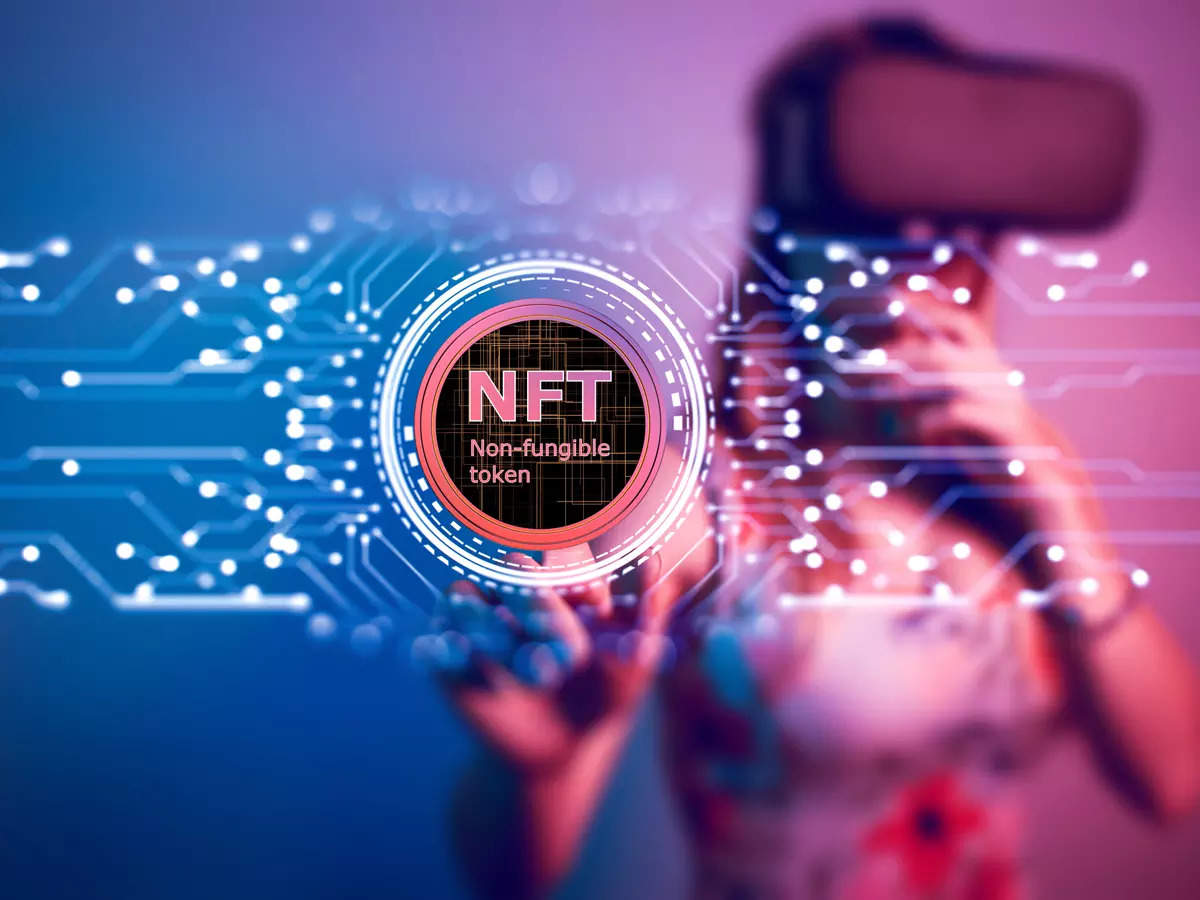
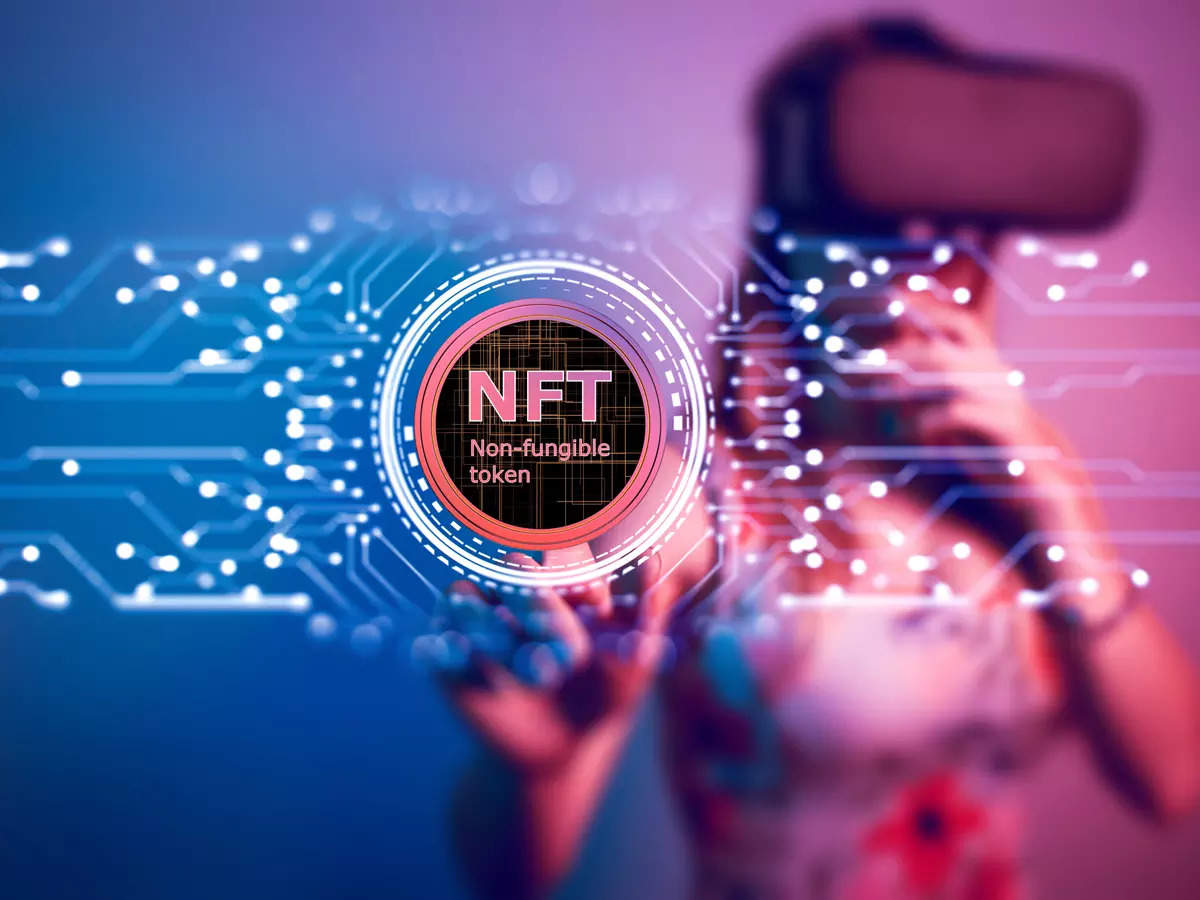
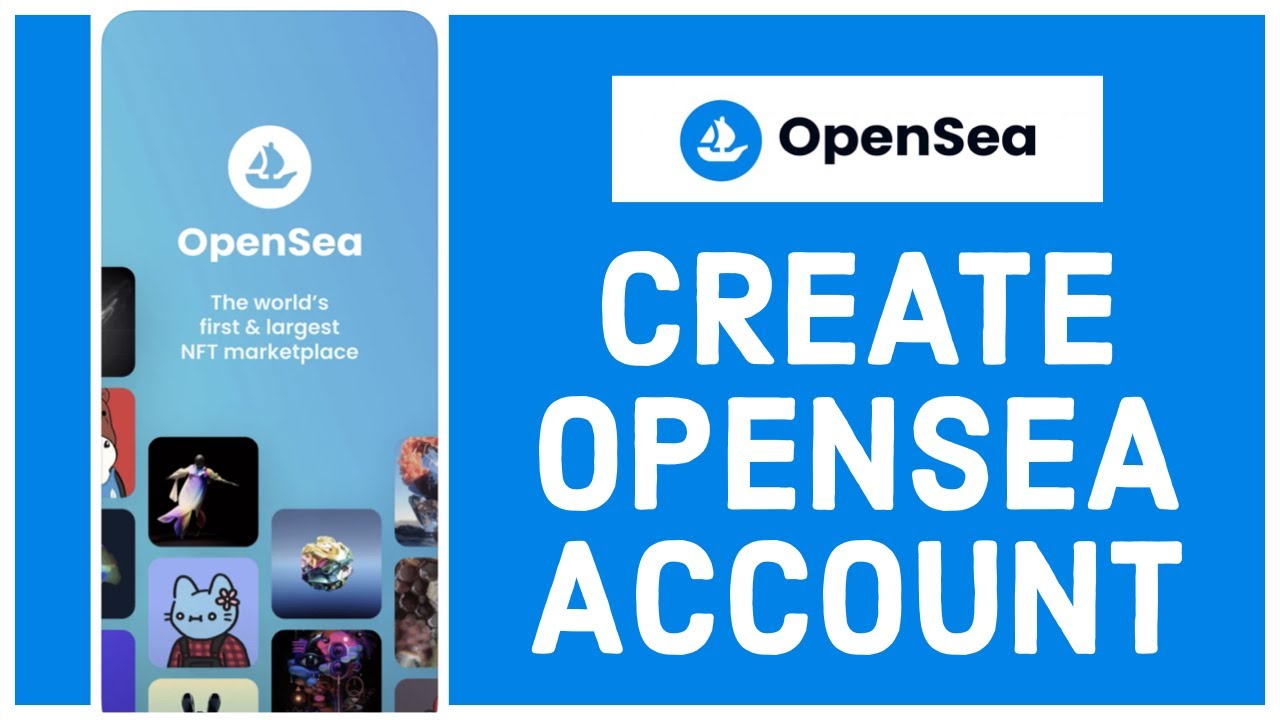

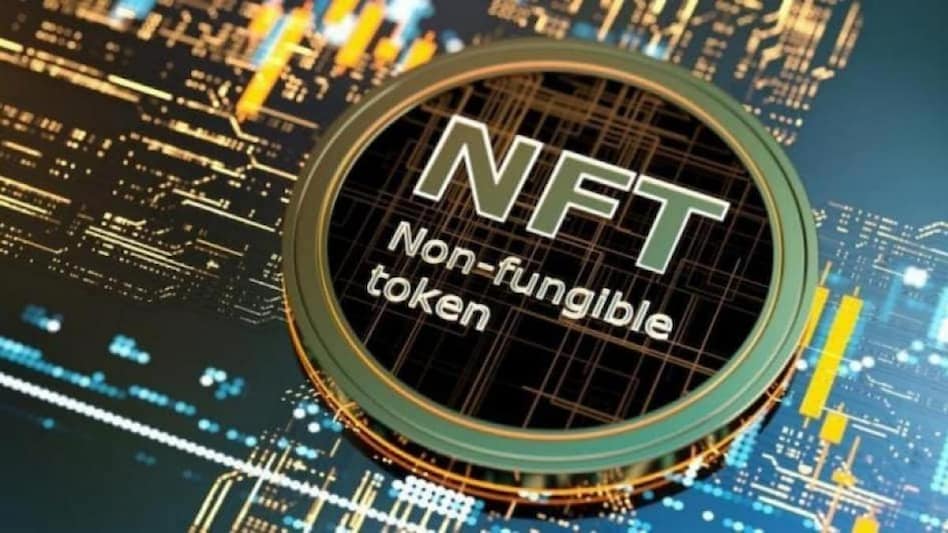
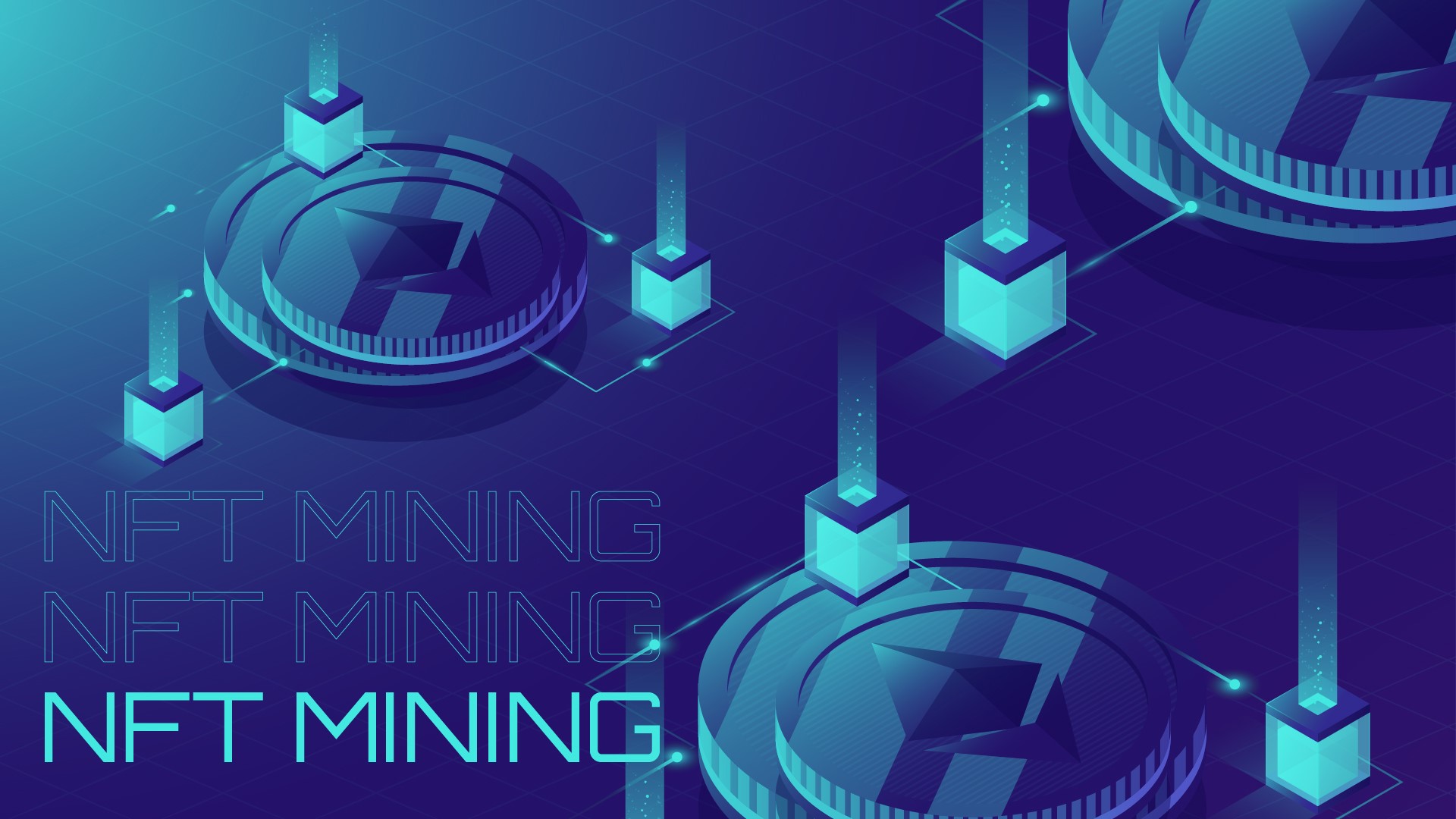
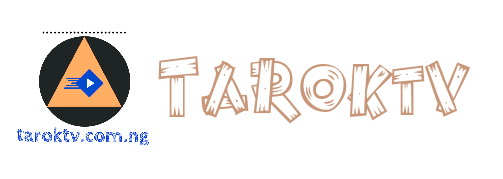
leave a comment
0 comment